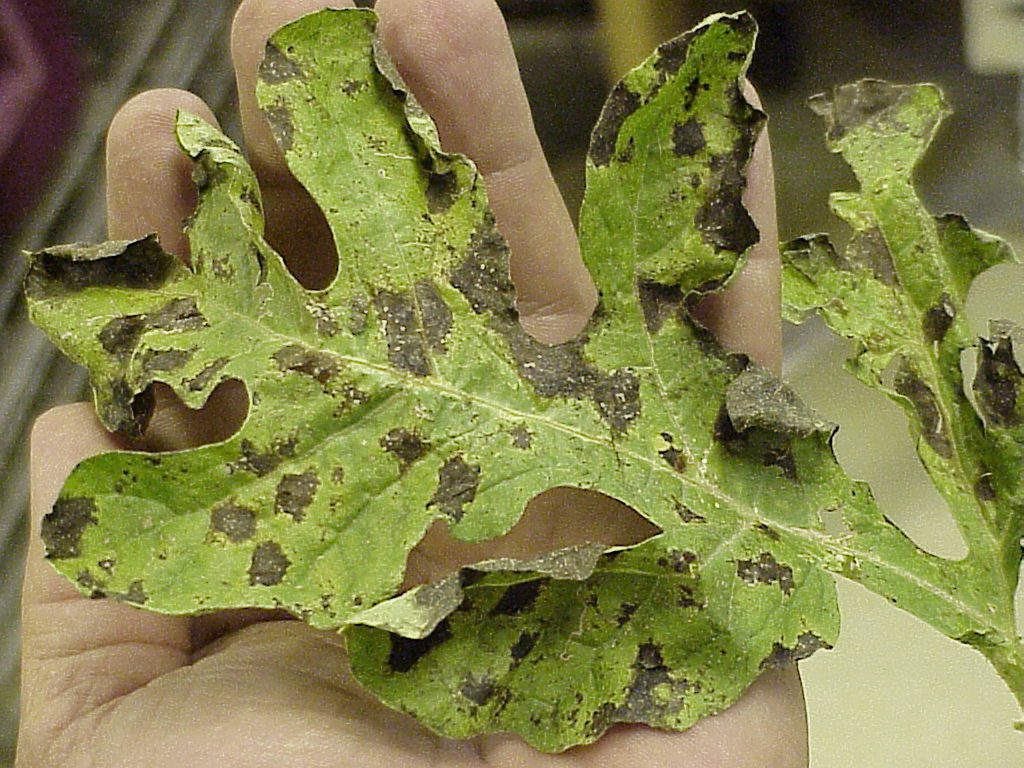
Weather conditions in Alabama this year were conducive to plant diseases impacting the state’s vegetable crops. One disease, downy mildew, has been especially prevalent in fields across the state, according Ed Sikora, Alabama Extension Specialist and Professor in Entomology and Plant Pathology at Auburn University.
“I put out about eight cucurbit downy mildew sentinel plots around the state. Most of these are at research stations, but I will monitor commercial fields occasionally. We were seeing it all year, from June up until, I was just in a field in the Dothan area and downy mildew was just hammering those crops. That disease probably pushed back yield on unprotected crops quite a bit,” Sikora said.
He added that the mild and wet year, starting in the spring and continuing through the summer, contributed to a rise in downy mildew, as well as other diseases.
“We’ve had adequate amounts of rainfall right throughout. We’ve seen a lot of disease pressure on a number of different crops; if it’s soybeans or corn or diseases of vegetables. About 85% of all plant diseases are caused by fungi, and about 99% of those like it warm and like it wet,” Sikora said. “Downy has just been a problem all year.”
What is Downy Mildew?
Cucurbit crops — like cucumbers, melons, squashes and pumpkins — are susceptible to downy mildew disease. It can destroy plant foliage and cause the leaves to curl and die. Without healthy leaves and vines, a plant is vulnerable to blisters and sunscald during hot days.
“In the fall, we saw it mainly on pumpkins, probably winter gourds like butternut squash, it was very effective on. That disease will defoliate the plants and cut down on the photosynthetic area that helps build up those fruit,” Sikora said. “You lose foliage, too. You get sunscald on those fruit as well, which doesn’t help the marketability.”
Alabama growers need to be aware of what downy mildew symptoms look like and the damage it can inflict on vegetable crops. The pathogen thrives in wet, humid conditions. It needs moisture on the surface of the plant for successful spore germination and further infection.









